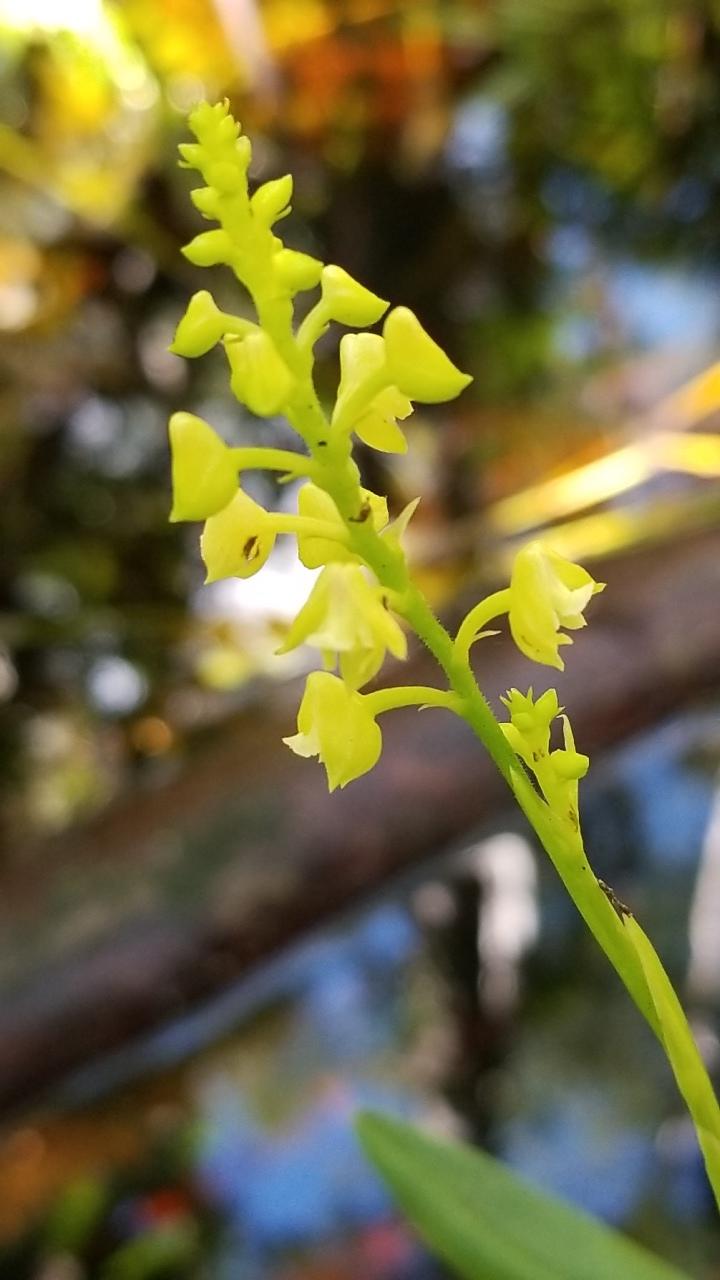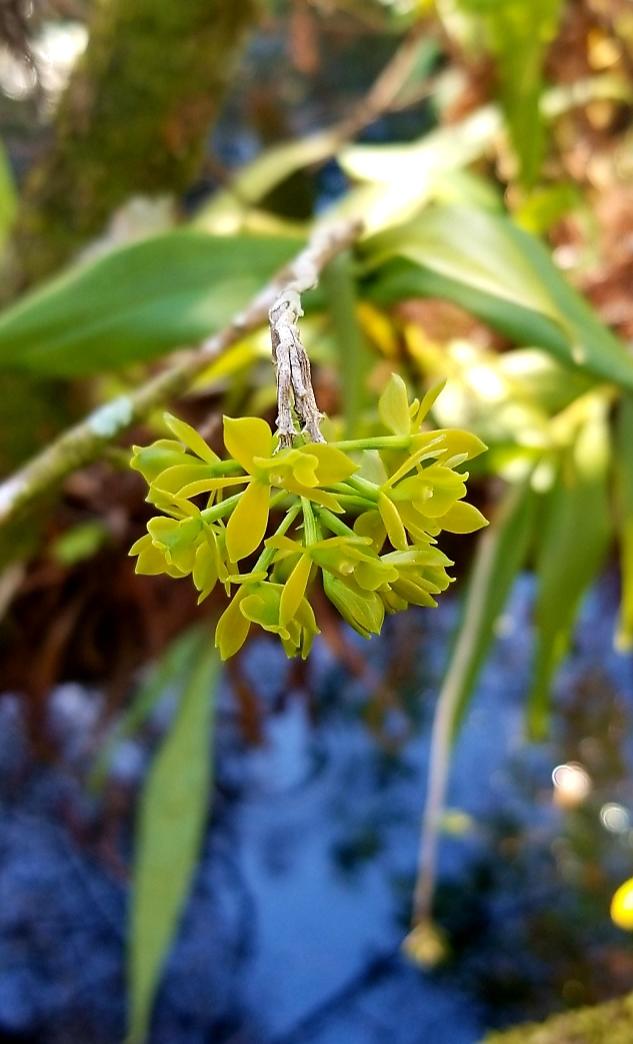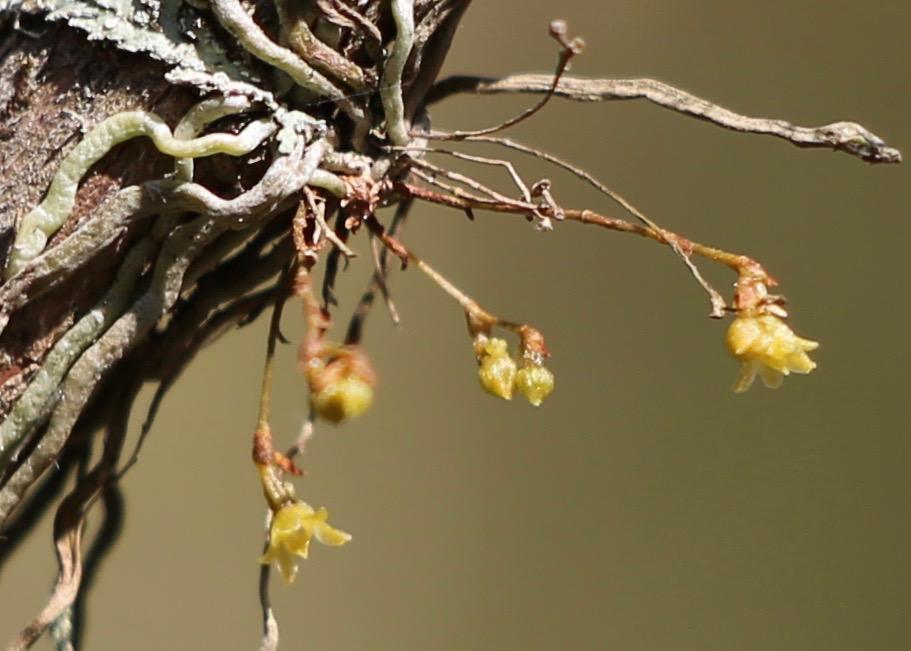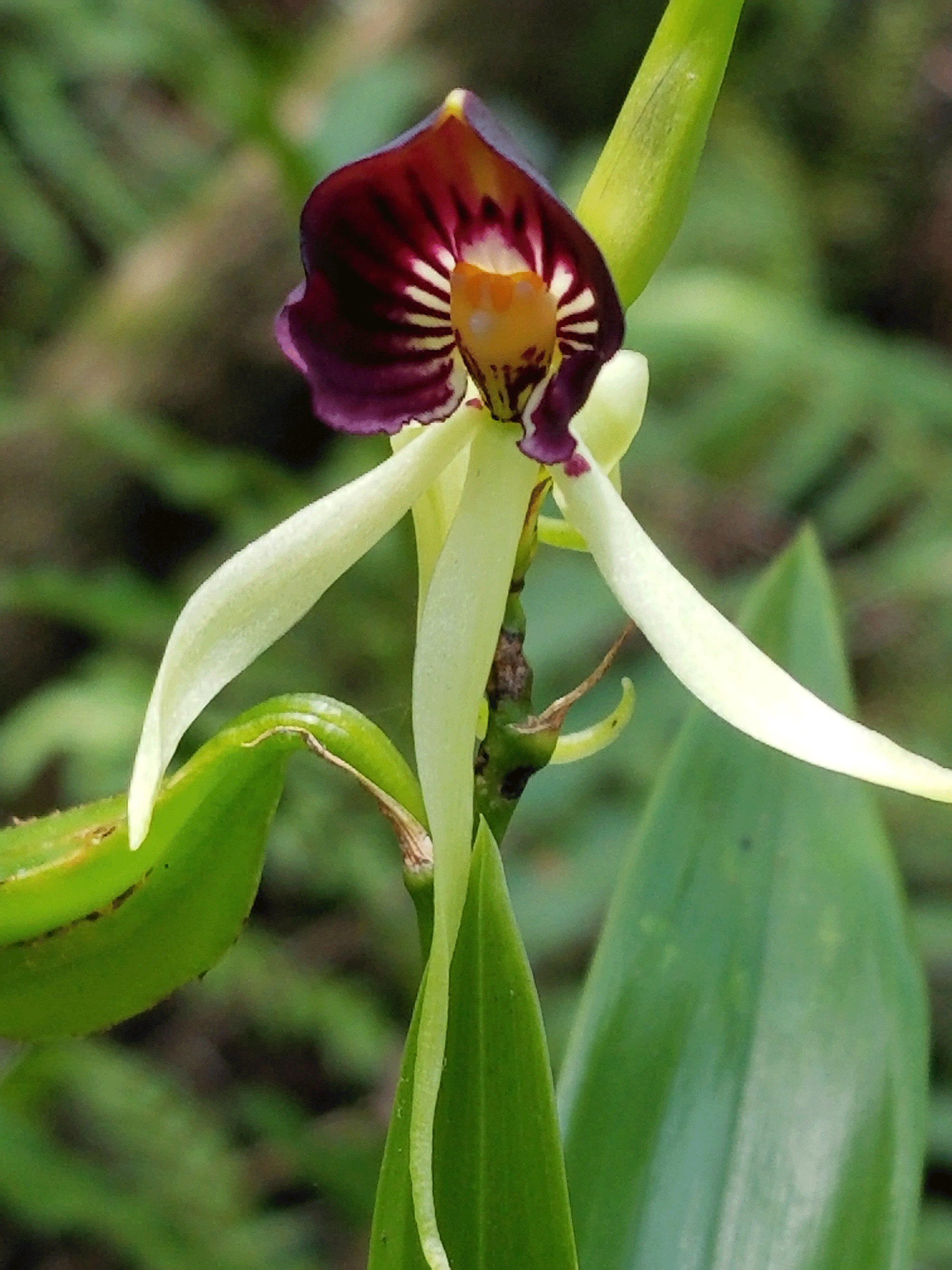In the summer of 2019, the “Super” Ghost Orchid at Corkscrew Swamp Sanctuary stole the headlines when researchers published jaw-dropping news about the identity of its pollinators. The Ghost Orchid, however, is not the only gorgeous species of threatened and endangered orchid that calls the Sanctuary home.
Located in a climate zone that mixes temperate and tropical ecosystems, Corkscrew Swamp offers a rich diversity of plant life. The Sanctuary sits at or near the southern limit for many temperate species, as well as at or near the northern limit for some tropical species. The humidity of the swamp protects many of the tropical species from frost and cold weather.
Plants here also enjoy the protections of the Sanctuary, which was founded in 1954 to preserve the largest existing stand of old-growth bald cypress in the world. Plants outside the Sanctuary are vulnerable to habitat destruction, logging, development, and over-collecting.







